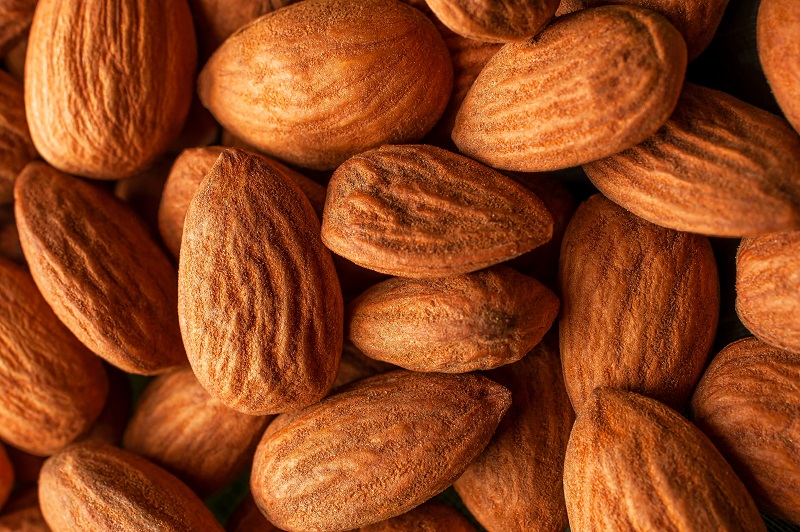So What Exactly Are Biostimulants, Anyway?
Biostimulants are one of the hottest new topics of discussion in specialty crops. Some people look at these products as fertilizers. Others see them as plant health, drought tolerance, or pest protection enhancers. The truth is, at this point, there’s no one set definition from regulatory bodies like EPA, or even among the companies producing and supplying these products to fruit and vegetable growers. That’s led to a lot of uncertainty about whether some of these tools even work, and if they do, how, when, and where they should be used.
BPIA — the Biological Products Industry Alliance — is looking to bring some clarity to the discussion. This association, whose mission is to promote the responsible development of safe and effective biological products as beneficial tools for agriculture, horticulture, public health, and consumers, has put together an excellent primer on what plant biostimulants are and how they work.
Some of these (humic acid or seaweed extract, for example) are probably products you know in some form or fashion. Others, like plant growth promoting rhizobacteria, may be less familiar. But this quick guide will answer a lot of your questions and help you begin to understand how you might consider incorporating some of these tools in your production.










